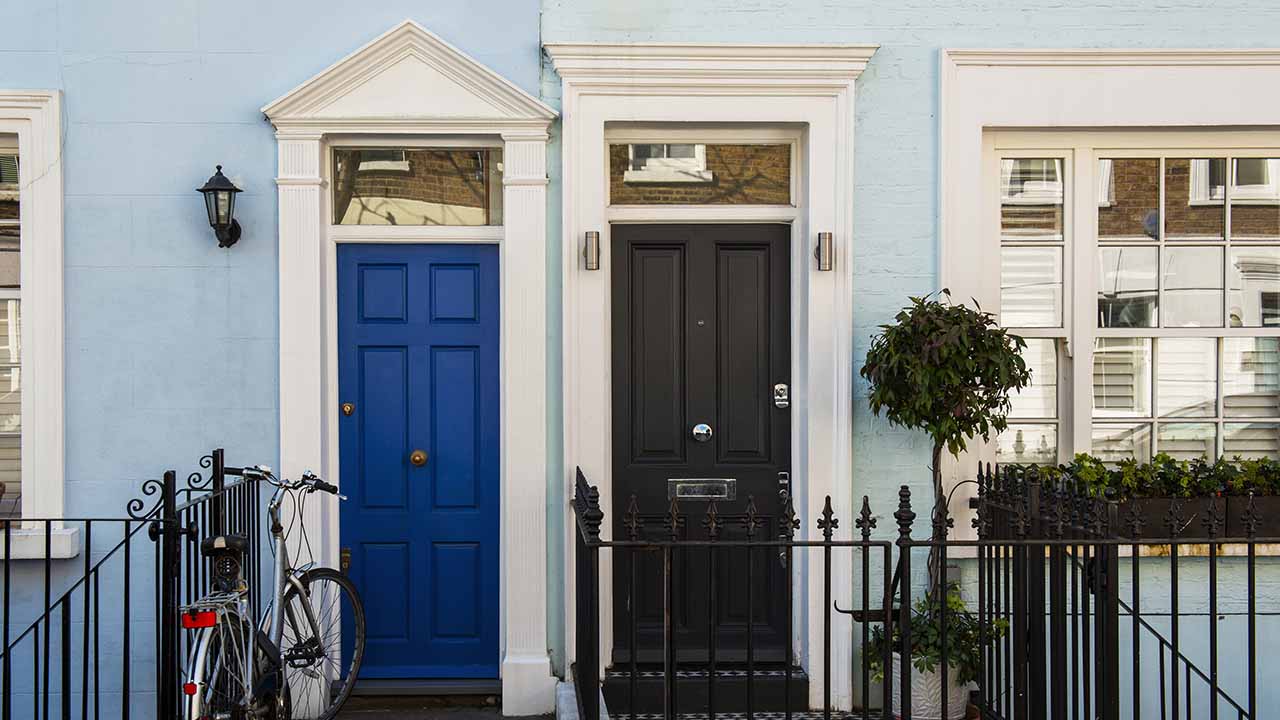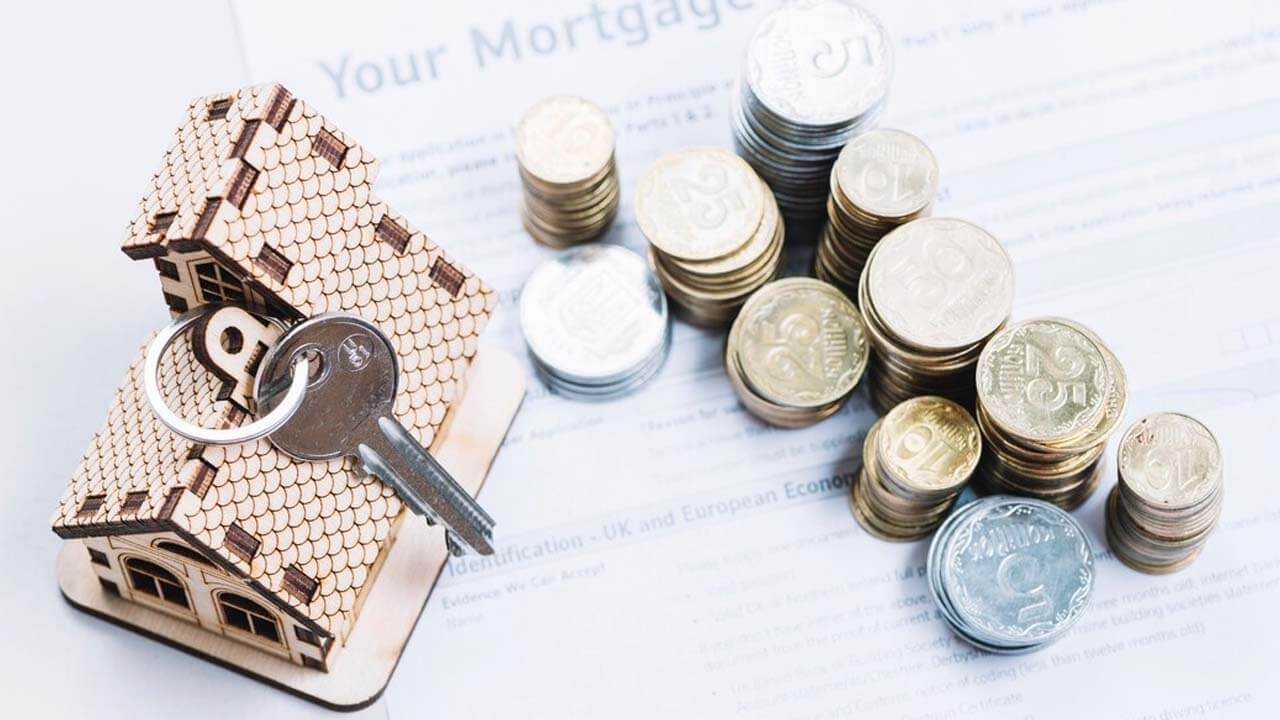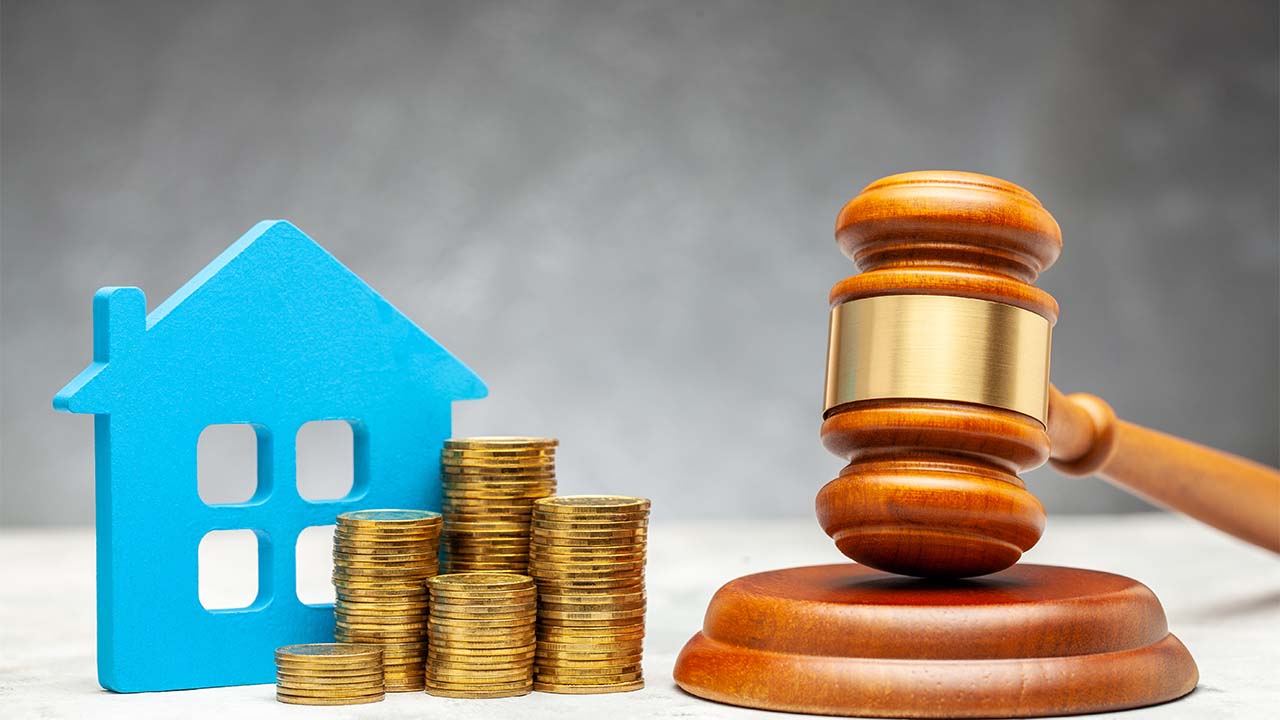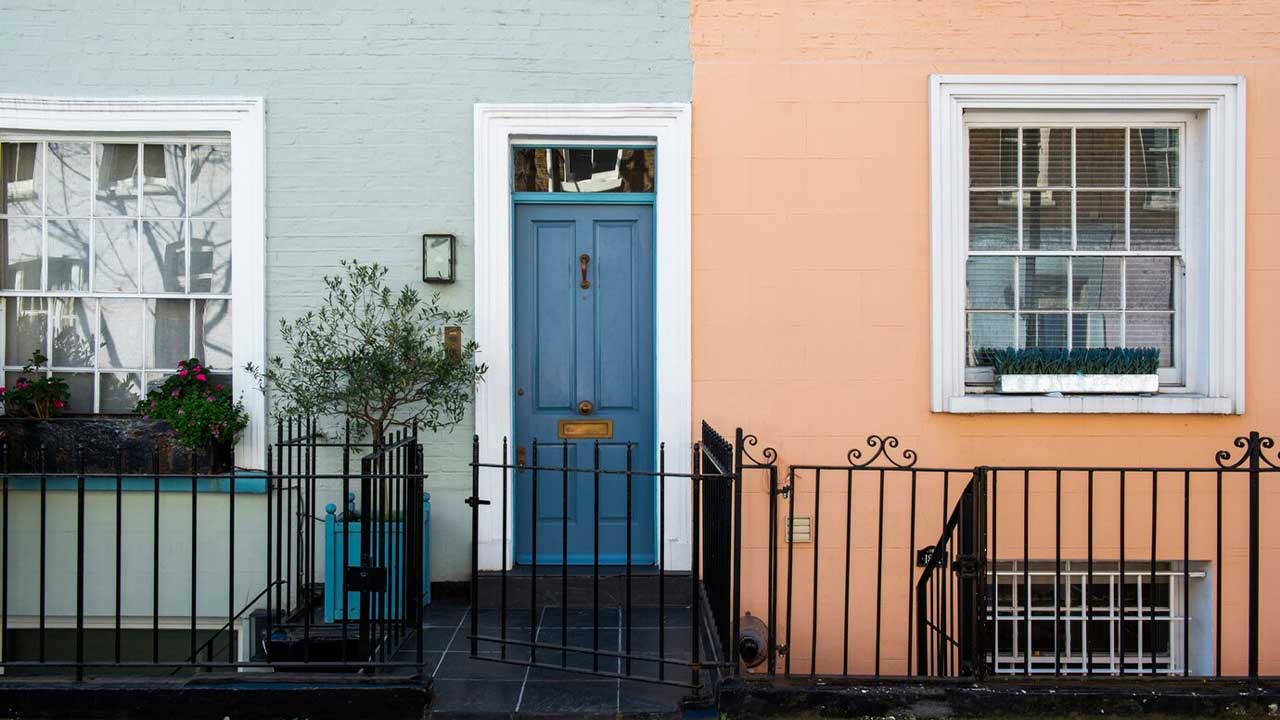Calculating a lease extension valuation is a crucial step for leaseholders looking to extend their lease. The valuation process determines the premium payable to the freeholder for extending the lease, and it involves several factors and a specific methodology. In this blog, we will explore the key elements involved in calculating a lease extension valuation, providing leaseholders with a comprehensive understanding of the process.
Understanding Lease Extension Valuation
Lease extension valuation is the process of determining the premium that leaseholders must pay to the freeholder to extend the term of their lease. This is particularly important for leases with less than 80 years remaining, as the cost of extending the lease can increase significantly once the lease term drops below this threshold.
Factors Influencing Lease Extension Valuation
- Current Lease Length: The remaining term of the lease is a critical factor. Shorter leases generally result in higher premiums.
- Ground Rent: The annual ground rent paid by the leaseholder. Higher ground rents typically increase the premium.
- Reversionary Value: The value of the property at the end of the lease term, assuming the leaseholder does not extend the lease.
- Marriage Value: The potential increase in the property’s value once the lease is extended. This is particularly relevant for leases with less than 80 years remaining.
Valuation Method
The valuation of a lease extension is based on a specific formula that considers the factors mentioned above. The formula is as follows:
Premium = PV of Ground Rent + PV of Reversionary Value + Marriage Value
- PV (Present Value) of Ground Rent: This is the present value of the future ground rent payments over the remaining lease term.
- PV of Reversionary Value: This is the present value of the property at the end of the lease term, discounted back to the present day.
- Marriage Value: This is the increase in the property’s value after the lease is extended. It is typically shared equally between the leaseholder and the freeholder if the lease has less than 80 years remaining.
Steps to Calculate Lease Extension Valuation
- Hire a Professional Surveyor: Engage a qualified surveyor experienced in lease extension valuations. They will use the appropriate methodology and consider all relevant factors.
- Gather Information: Provide the surveyor with details about the current lease term, ground rent, and property value.
- Valuation Report: The surveyor will produce a detailed valuation report, outlining the calculated premium and the methodology used.
Importance of Professional Valuation
Accurately calculating the lease extension premium requires expertise and experience. Professional surveyors ensure that all factors are considered, providing a fair and accurate valuation. This is crucial for negotiations with the freeholder and for any legal proceedings that may follow.
Use Our Free Online Lease Extension Calculator
For a quick estimate, you can use our free online Leasehold Extension Calculator. This tool provides an approximate premium based on your input, giving you a preliminary understanding of the costs involved.
Lease Extension Valuation Table
| Factor | Description | Impact on Freehold Value |
|---|---|---|
| Current Lease Length | Remaining term of the lease | Shorter lease = Higher premium |
| Ground Rent | Annual ground rent paid by leaseholder | Higher ground rent = Higher premium |
| Reversionary Value | Property value at the end of the lease term | Higher reversionary value = Higher premium |
| Marriage Value | Increase in property value after lease extension | Relevant for leases < 80 years |
Conclusion
Calculating a lease extension valuation is a vital step for leaseholders looking to extend their lease. By understanding the factors involved and engaging a professional surveyor, leaseholders can ensure a fair and accurate valuation. Leasehold Valuations offers expert guidance and valuation services, helping you navigate this process with confidence. Contact us today for a lease extension valuation and take the first step towards securing your property’s future.












